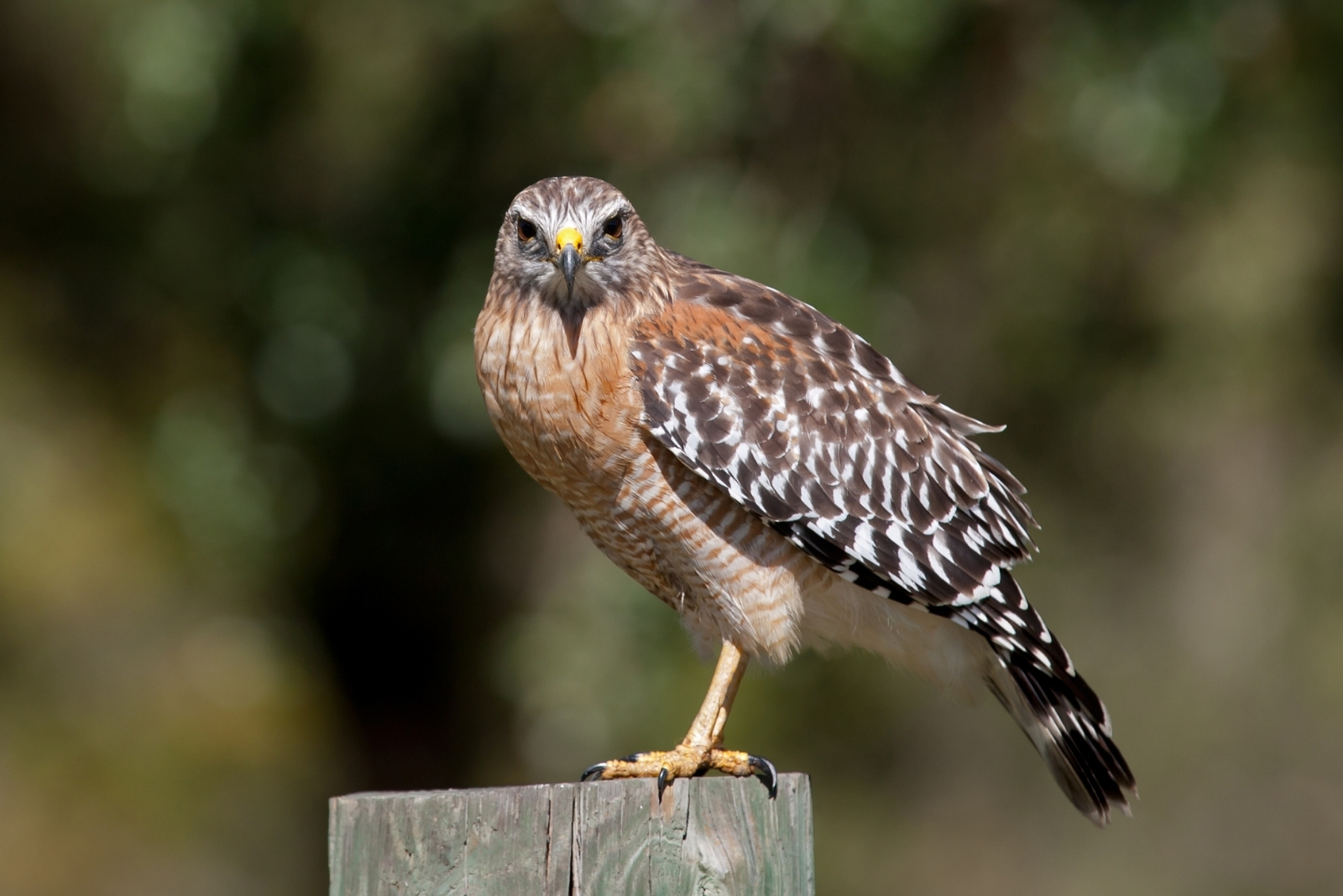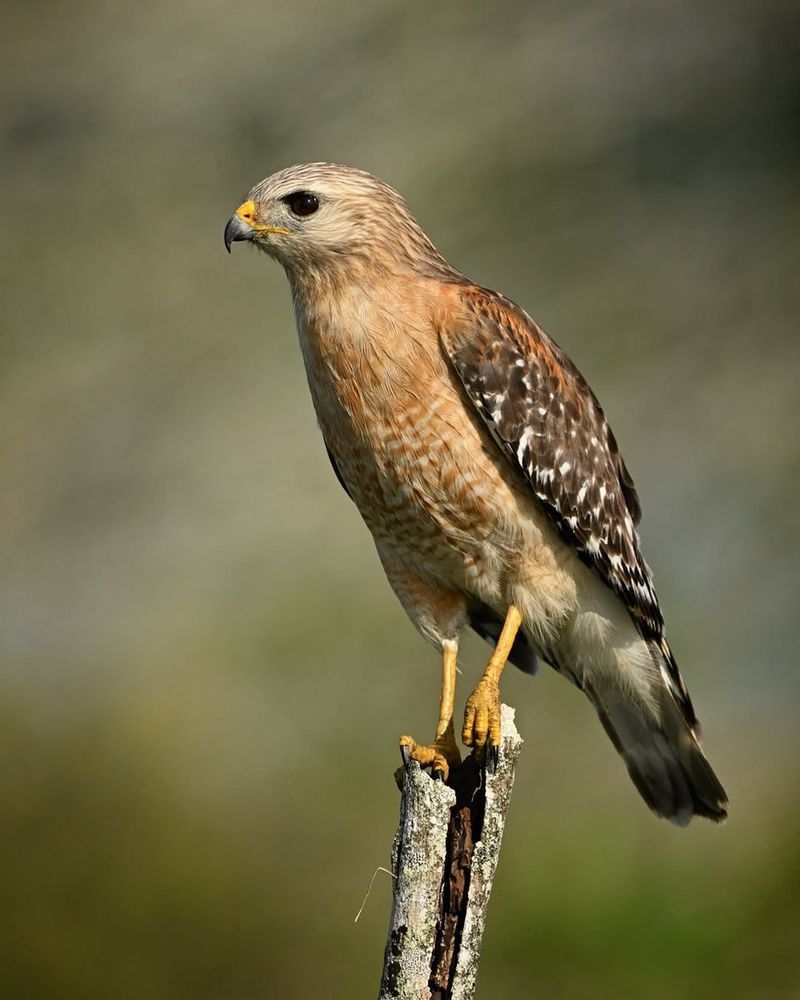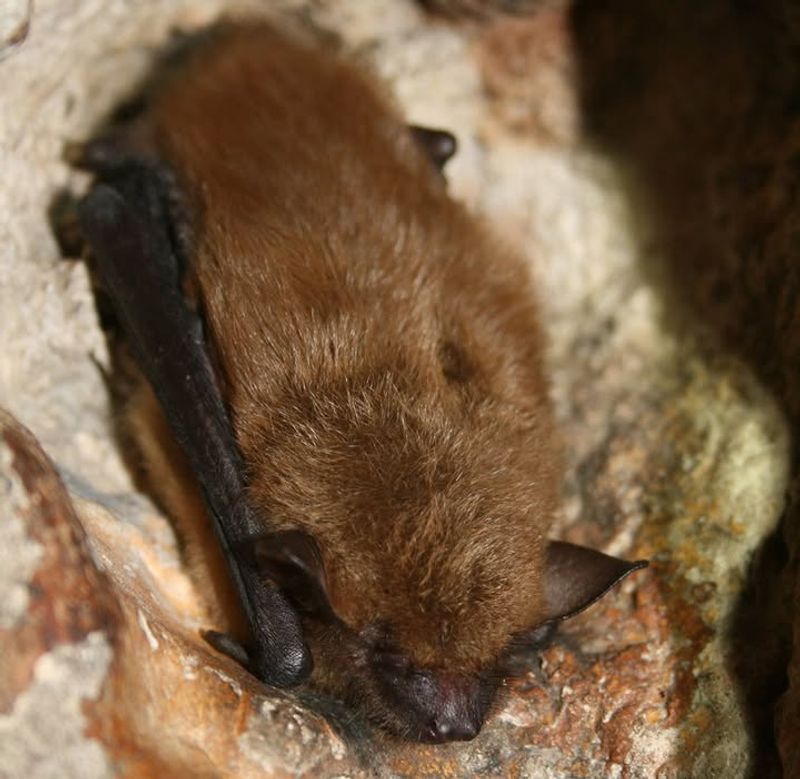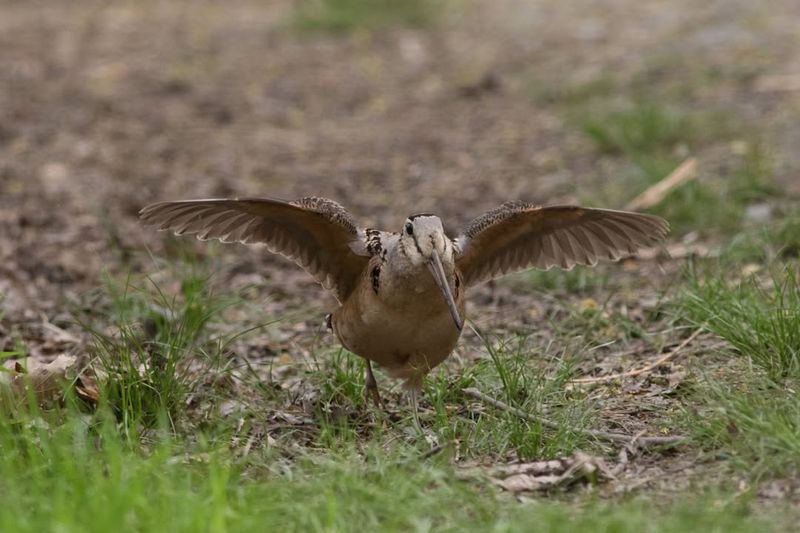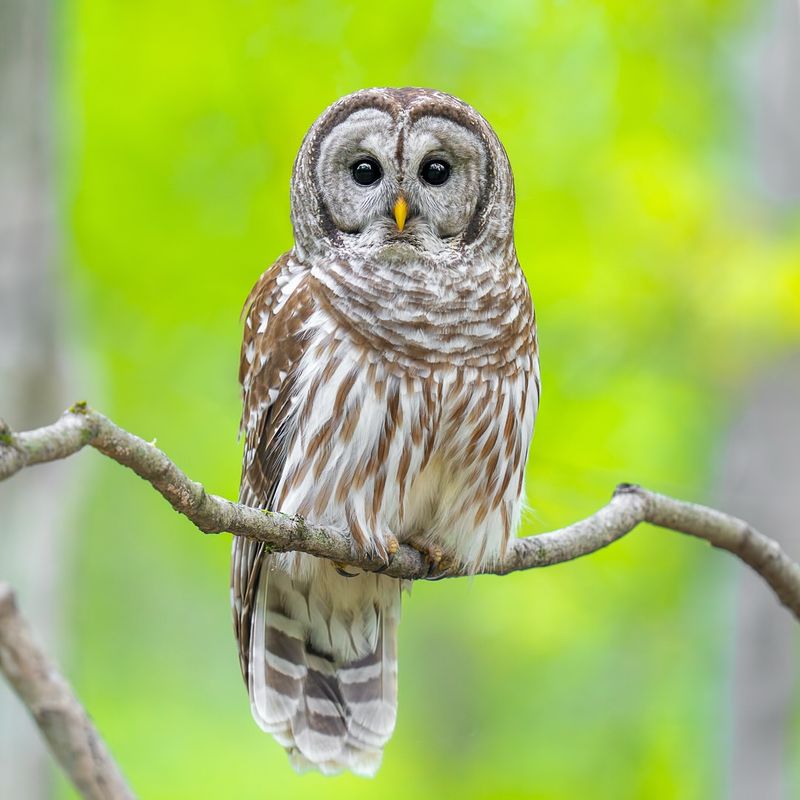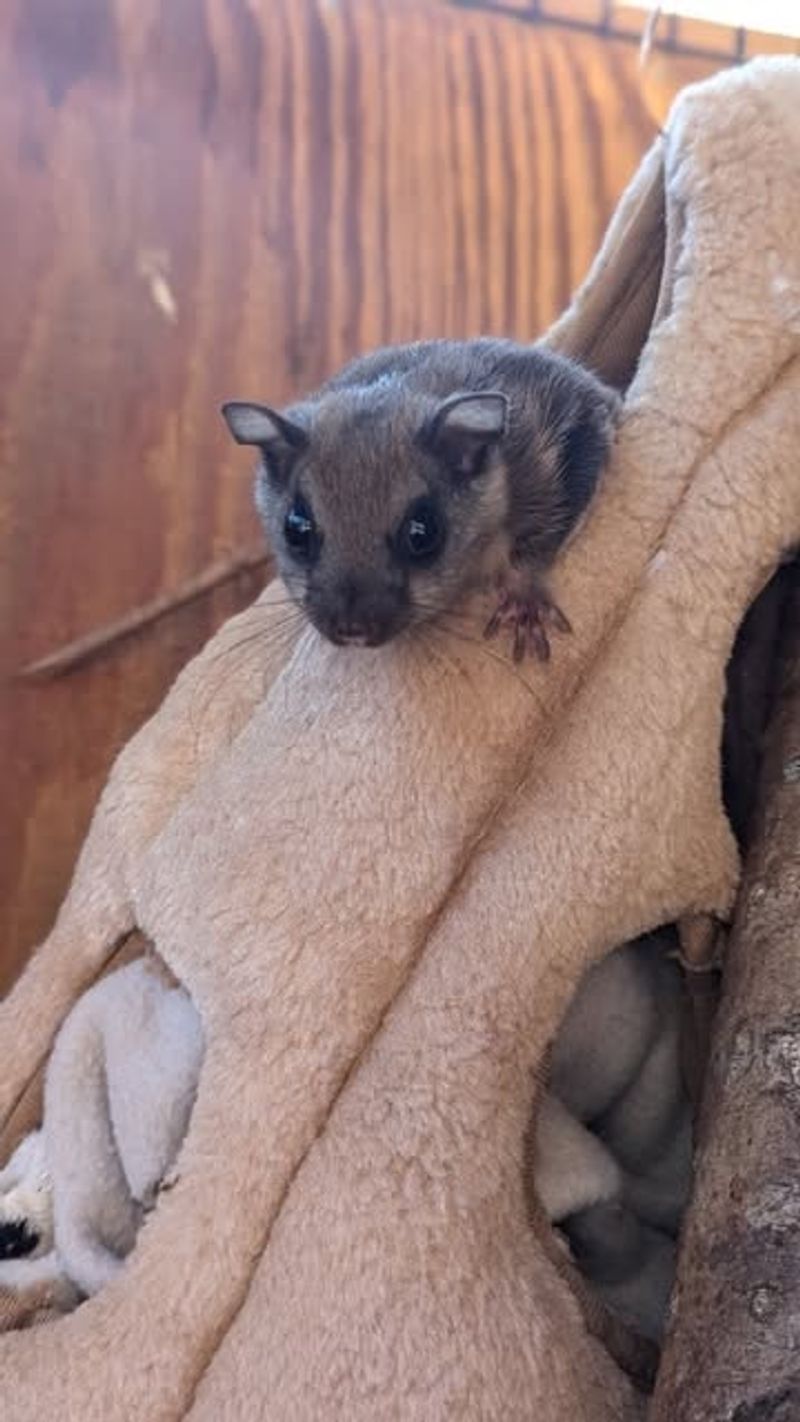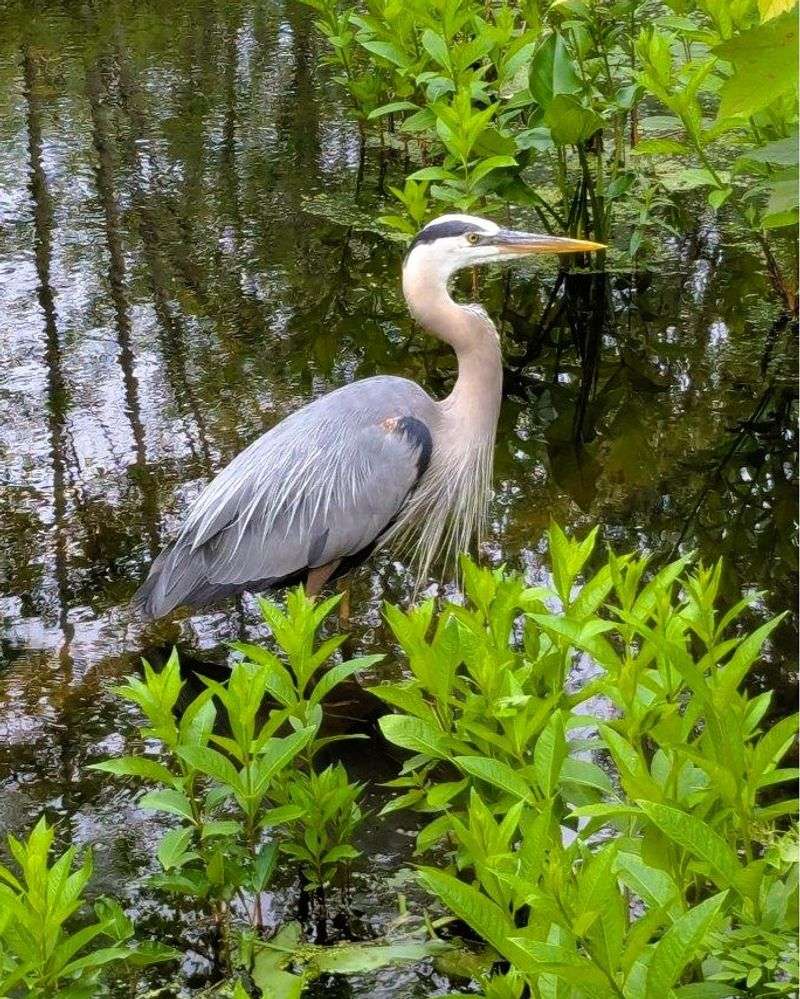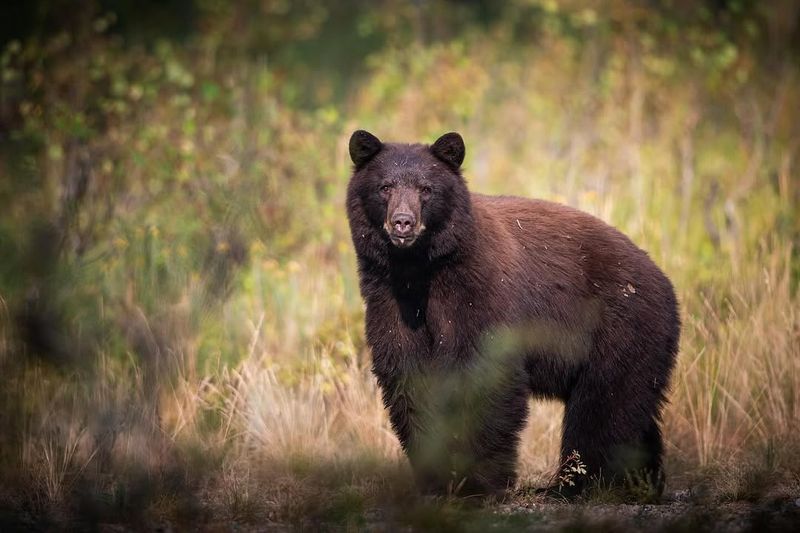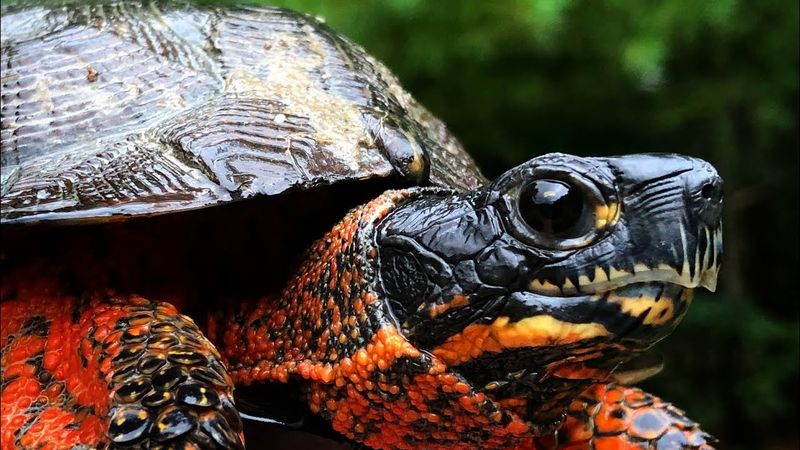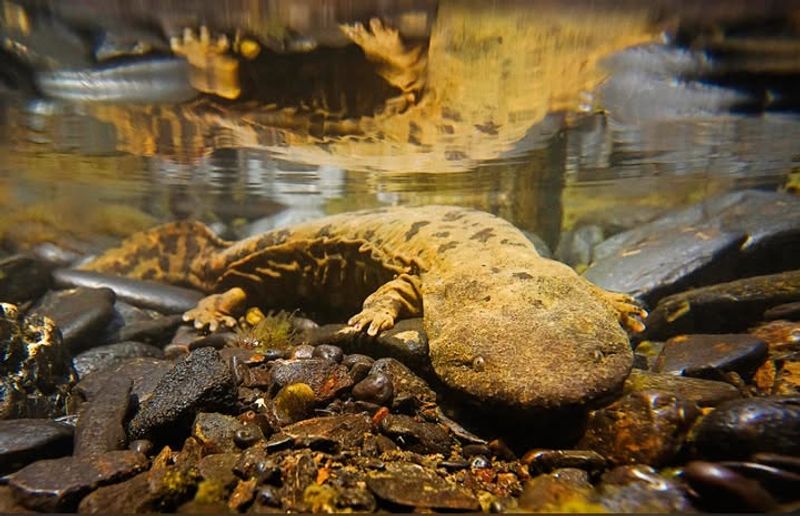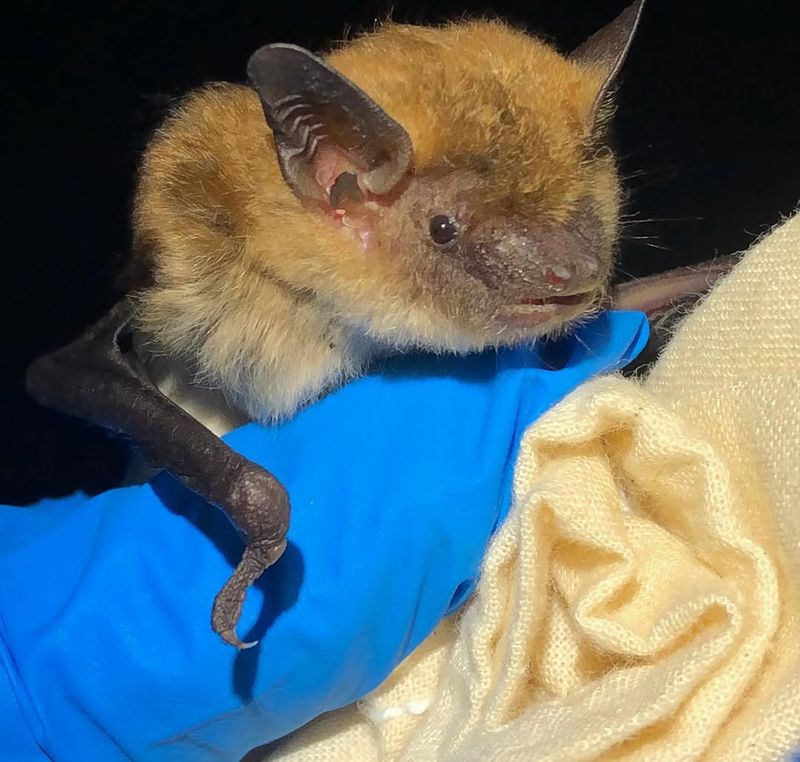Virginia yards are full of fascinating creatures, and some of them have legal protections you might not expect. These protected animals play important roles in keeping ecosystems balanced.
Knowing who’s off-limits helps gardeners respect nature while enjoying their outdoor space. Here are 10 protected animals every Virginia homeowner should know about.
1. Red-shouldered Hawk
With striking rusty shoulders and piercing calls, this raptor commands attention wherever it appears. Protected under the Migratory Bird Treaty Act, harming or disturbing one in Virginia is illegal.
They hunt small mammals and help control rodent populations naturally. If one nests near your home, consider yourself lucky to witness nature’s pest control in action.
2. Little Brown Bat
Finding bats roosting under your eaves might feel unsettling, but these tiny mammals are protected throughout Virginia. They’re also incredibly beneficial, devouring thousands of mosquitoes every single night.
Removing them yourself violates state regulations. Instead, contact a licensed wildlife professional who can safely relocate them during appropriate seasons without breaking the law.
3. American Woodcock
This quirky ground-dweller performs one of nature’s most entertaining mating dances each spring. Virginia law protects the American Woodcock, making any interference with their habitat or nesting illegal.
Their camouflage makes them nearly invisible among fallen leaves. You might hear their distinctive peent call at dusk before spotting one waddling through your yard.
4. Barred Owl
Their haunting who-cooks-for-you call echoes through Virginia neighborhoods after sunset. Protected by federal law, these owls can’t be disturbed, trapped, or relocated without proper permits.
Barred owls help manage rodent populations around homes and farms. Appreciate their presence from a distance and enjoy their vocal performances throughout the year.
5. Northern Flying Squirrel
Most homeowners never realize these nocturnal gliders live nearby until they hear scratching sounds at night. Virginia protects the Northern Flying Squirrel due to habitat loss and specialized environmental needs.
They glide between trees using skin flaps and rarely cause property damage. If one takes up residence, contact wildlife authorities rather than attempting removal yourself.
6. Great Blue Heron
Standing over four feet tall, these elegant waders often visit backyard ponds searching for fish and frogs. The Migratory Bird Treaty Act shields them from harm throughout Virginia.
While they might snack on your koi, scaring them away aggressively or destroying nests violates federal regulations. Consider protective netting for ponds if their visits become too frequent.
7. Black Bear
Encountering one rummaging through garbage bins is startling but increasingly common in Virginia suburbs. Black bears receive full protection, and harming one carries severe legal consequences.
They’re usually just searching for easy food sources like trash or bird feeders. Secure attractants properly, and bears will move on naturally without requiring professional intervention.
8. Wood Turtle
These semi-aquatic reptiles wander surprisingly far from water during summer months, sometimes appearing in residential yards. Virginia classifies wood turtles as protected, prohibiting collection or relocation.
Their sculptured shells and orange neck make them distinctive and beautiful. If one crosses your property, simply observe and let it continue its journey undisturbed.
9. Eastern Hellbender
This giant salamander looks prehistoric with its wrinkled, slimy skin and can reach two feet long. Virginia protects hellbenders as endangered, making any interference strictly illegal.
They inhabit clean, cold streams and indicate excellent water quality. Finding one near your property suggests a healthy ecosystem worth preserving for future generations.
10. Indiana Bat
Smaller than your thumb, this endangered bat species receives federal protection throughout its Virginia range. Disturbing hibernation sites or maternity colonies can result in substantial fines.
They roost under loose bark during summer and hibernate in caves during winter. If you discover a colony, contact the Department of Wildlife Resources immediately for guidance.

